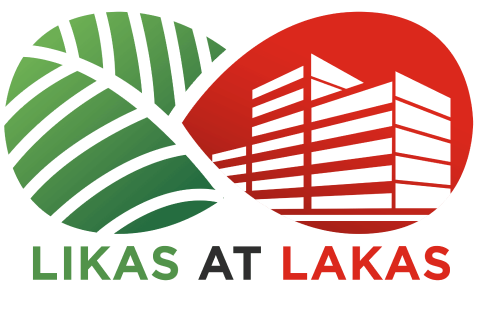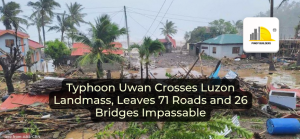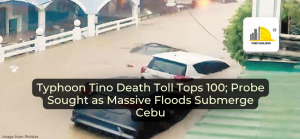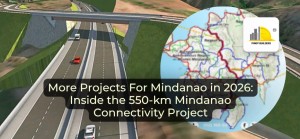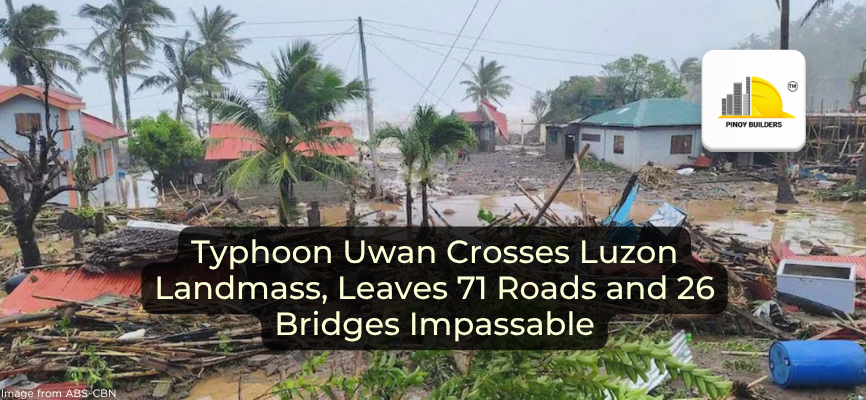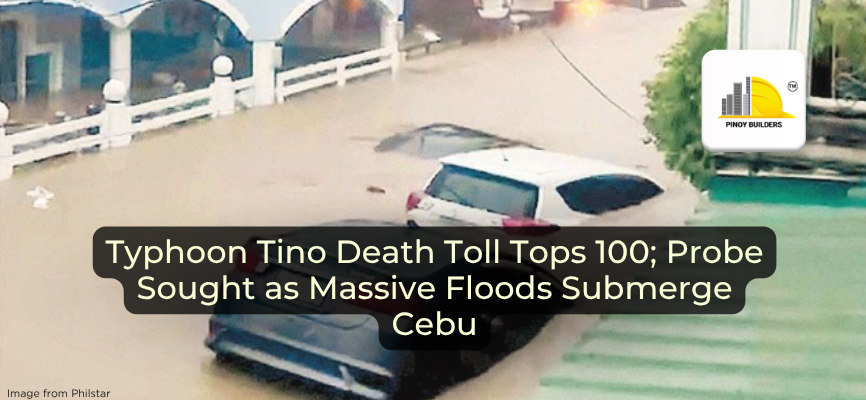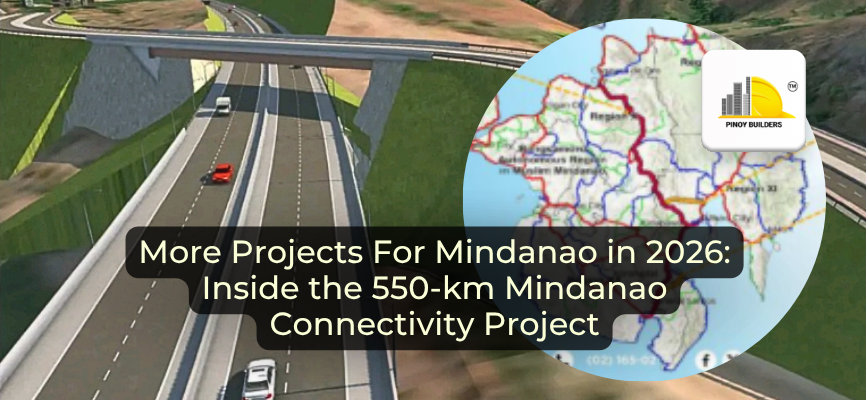Metro Manila’s daily commute feels like an endless race against time. With around 2.4 million vehicles moving along EDSA every day, traffic congestion has become a defining part of city life. Elevated expressways like the Skyway system have long been seen as the vertical solution to this horizontal limitation.
Now, a new addition is on the way: the South East Metro Manila Expressway (SEMME), also known as Skyway Stage 4. This ₱56-billion project by San Miguel Corporation aims to link Taguig and Quezon City through a 32.7-kilometer stretch. As construction progresses, one question continues to surface: do more skyways truly solve our mobility challenges, or do they simply shift them somewhere else?
In this article, we will take a deeper look at the truth behind elevated expressways, discussing the advantages, challenges, and lasting effects of building more skyways for safer and more efficient travel in the Philippines.
The Good: Faster Travel and Economic Boost
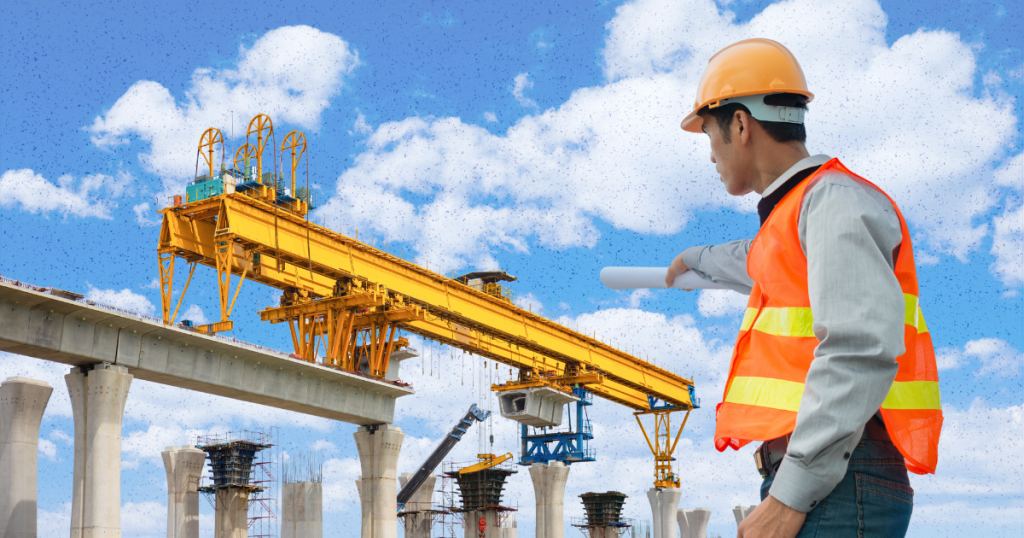
Skyways have undeniably transformed how Filipinos travel around Metro Manila. When the earlier stages were completed, drivers saw travel times between Makati and Muntinlupa reduced drastically. What used to take hours could now be done in a matter of minutes, saving fuel, time, and energy.
Skyway Stage 4 aims to deliver the same benefits on a larger scale. It will connect Bicutan in Taguig to Batasan in Quezon City, cutting travel time from about two hours to just thirty minutes. This is expected to ease congestion along EDSA and C5, two of the city’s most crowded corridors. Faster travel doesn’t only make commuting easier—it also fuels productivity. Deliveries reach destinations sooner, employees spend less time on the road, and logistics networks become more efficient.
Beyond mobility, infrastructure projects like SEMME attract investments and push nearby property values upward. In a study by Cuervo Far East, expressway accessibility (SLEX corridor and Skyway Stages 1 & 2) is revealed to actually increase in land prices.
- Land values in areas near SLEX and Skyway (Las Piñas, Muntinlupa, Alabang) rose from ₱14,000/sqm in 2009 to ₱62,000/sqm in 2014.
- The report projected a 10 to 15% annual increase in the following years due to continued infrastructure expansion.
The growth in the area is primarily attributed to the improved travel speed and accessibility brought by Skyway Stages 1 and 2, which mirror what Stage 4 aims to achieve for eastern Metro Manila.
Other reasons behind the increase in land value include businesses setting up shop near expressway exits and service roads, creating jobs and stimulating local economies. This growth reflects the positive ripple effect that well-planned expressways can bring.
Partnerships between the government and the private sector make projects like these possible. Through cooperation and shared vision, long-term development plans move closer to reality. In this sense, skyways represent progress not just in transport, but also in economic opportunity.
The Bad: High Costs and Hidden Trade-Offs

Building large-scale infrastructure always comes with challenges. Skyway Stage 4’s budget has already risen 23% from its original ₱45.27 billion estimate in 2013 to ₱56 billion today. Much of the increase is tied to inflation, higher material costs, and right-of-way (ROW) complications.
In fact, construction can only move smoothly once ROW issues are resolved. A key agreement was signed between the Department of Transportation (DOTr), the Department of National Defense (DND), and the Veterans Association of the Philippines (VAP), which owns some of the land along the expressway’s route. The first phase is expected to be completed within two years once all these permissions are settled.
The costs are not only financial. Construction causes short-term traffic bottlenecks in surrounding areas, reduces green spaces, and often displaces residents. For example, the construction of Skyway Stage 3 in Metro Manila has had impacts on local communities, most notably, resident displacement.
- The construction of Skyway Stage 3 led to the displacement of several communities, particularly in areas like Pandacan and San Andres. Homes, businesses, and streets were demolished for the construction of the expressway.
- Legal settlements for ROW were often pushed through at the expense of the marginalized, with 844 informal settlers displaced without compensation, and only some were relocated to government housing projects.
- Property owners who refused to sell their homes were taken to court by the government for expropriation. Many were forced to sell their properties for less than their actual value because of taxes and other fees imposed by the government.
These effects may seem temporary to outsiders, but they significantly impact the lives of those directly affected by the construction. Families are forced to relocate, livelihoods are disrupted, and members of marginalized communities are often removed from their homes without proper relocation.
Environmental impacts also deserve attention. Additional concrete and elevated structures trap heat and contribute to the urban heat island effect, particularly in densely built areas. With limited public transport integration, the benefits mostly favor private vehicle owners who can afford toll fees. Surface roads below become even more congested as public transport commuters continue to navigate the old traffic patterns.
The Consequences: Shifting, Not Solving, the Problem
Skyways can make travel faster, but they do not automatically make the city’s transport system more inclusive or safer. Elevated roads eliminate ground-level intersections, reducing side collisions, yet they also create open stretches that may encourage overspeeding, which is a different kind of safety risk altogether.
Once a new skyway opens, surrounding access roads and exits often become new choke points. Traffic tends to shift rather than disappear. Areas near Bicutan, Magallanes, and Alabang experienced this in earlier stages, where congestion moved to feeder roads.
There are also limitations in accessibility. Motorcycles, bicycles, and pedestrians are generally restricted from using elevated expressways. This means a large portion of daily commuters (particularly those relying on affordable transport) gain little from the new structure.
Focusing too heavily on road construction may delay investments in mass transport and sustainable mobility. While skyways serve private cars well, improving public transit, driver education, and traffic enforcement creates a more balanced system. Proper road safety emerges when all users, not just motorists, can travel safely, efficiently, and conveniently.
Looking Ahead: Building Smarter, Not Just Higher
As Metro Manila’s skyline fills with more elevated roads, the bigger question is about direction. Are we investing for short-term relief or building for long-term sustainability?
Skyways like SEMME reflect progress and innovation, but they should complement, not replace, other mobility solutions. An innovative approach combines efficient mass transit, bike-friendly infrastructure, and pedestrian safety measures with modern expressways. This ensures that growth remains inclusive, not just convenient for a few.
Private-public partnerships driving major infrastructure projects like Skyway Stage 4 symbolize the country’s ambition to stay connected and globally competitive. Still, progress is more than just reaching destinations faster—it’s about creating a system where everyone can move safely and efficiently.
The Road Ahead for Metro Manila

Skyways have changed how Filipinos travel, offering smoother drives and faster routes. Yet the actual test of progress lies in how these roads coexist with the rest of the city. The South East Metro Manila Expressway can help untangle traffic, but the path to safer and more inclusive mobility depends on a balance between speed and safety, expansion and sustainability.
Building smarter, not just higher, will help ensure that every kilometer of progress leads to a better, safer Metro Manila for all.
References
Camus, M. R. (n.d.). San Miguel greenlights Skyway Stage 4 despite cost spike to P56B. Insider PH. https://insiderph.com/san-miguel-greenlights-skyway-stage-4-despite-cost-spike-to-p56b
Cordero, T. (n.d.). Pandacan fire damage to Skyway Stage 3, San Miguel plastic warehouse reaches P1.2B Pandacan fire damage to. GMA News. https://www.gmanetwork.com/news/money/companies/727624/pandacan-fire-damage-to-skyway-stage-3-san-miguel-plastic-warehouse-reaches-p1-2b-pandacan-fire-damage-to/story/
GMA News. (n.d.). Housing developments, infra projects to drive land prices in southwest Metro Manila – study. GMA News. https://www.gmanetwork.com/news/money/economy/392631/housing-developments-infra-projects-to-drive-land-prices-in-southwest-metro-manila-study/story/
Guda, K. R. (2024, October 12). An expressway rises as Manileños homes disappear. ABS-CBN. Retrieved October 16, 2025, from https://www.abs-cbn.com/news/2024/10/12/an-expressway-rises-as-manile-os-homes-disappear-1545
Mark, M. (n.d.). Why Infrastructure Raises Property Values in the Philippines. Realty Pro. https://realtypro.com.ph/why-infrastructure-raises-property-values-philippines/
Sabater-Namit, M. (n.d.). Traffic nightmare begins. Manila Bulletin. https://ppp.gov.ph/in_the_news/traffic-nightmare-begins/
Marcial, C. J. C., Que, C. A. Q., & Rabat, L. G. (2013). Impact of a bus rapid transit system along expressways in Metro Manila [Bachelor’s thesis, De La Salle University]. Animo Repository. https://animorepository.dlsu.edu.ph/etd_bachelors/5393/

